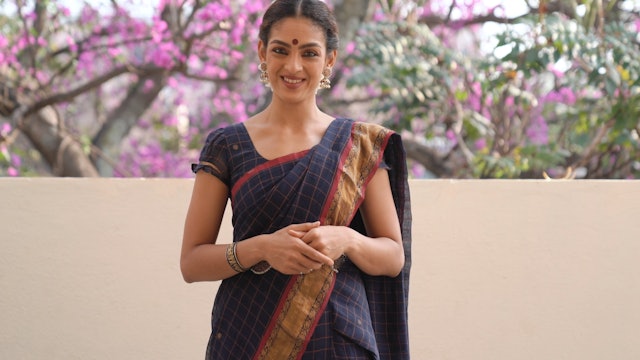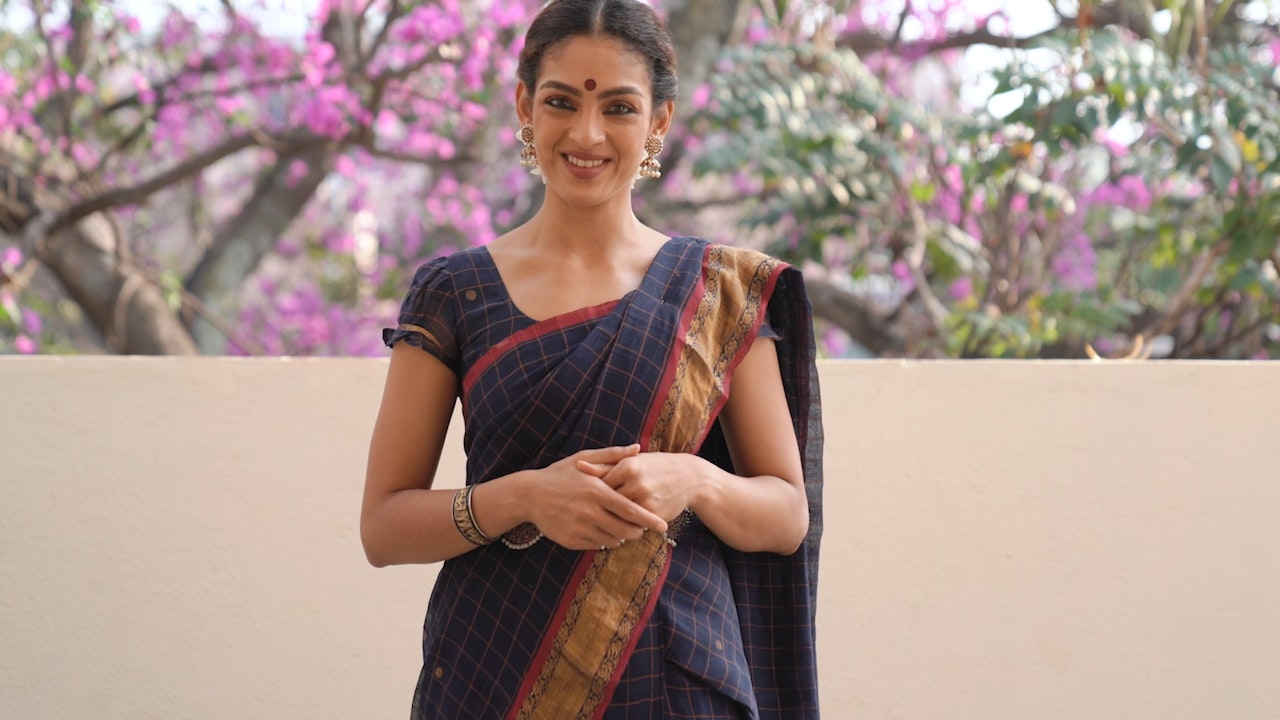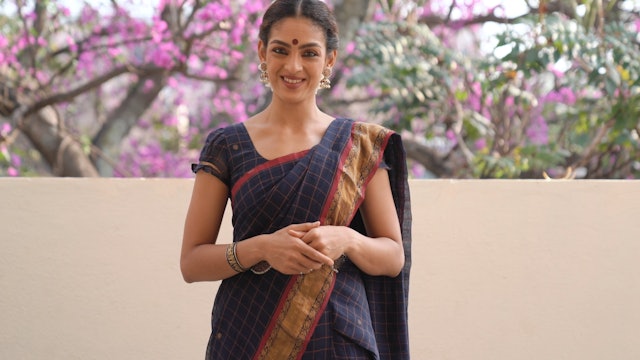Natyashastra & Abhinaya Darpana
2 Seasons
The Hastas, Bhedas & Sthanas will be dealt with in this series. The Natyashastra will be used as the primary reference point, but a few examples from the Abhinaya Darpana will also be given.
All the shlokas from the Natyashastra and Sangita Ratnakara are taught in the lineage of Dr Padma Subramanyam and are a product of her research.
-
Introduction to the Bhedas of the Natyashastra
Episode 1
The Bhedas as described in the Natyashastra offer detailed movement patterns for every part of the body.
A dancer who practises the Bhedas properly will have the ability to isolate and control each part of the body with purpose and clarity.
-
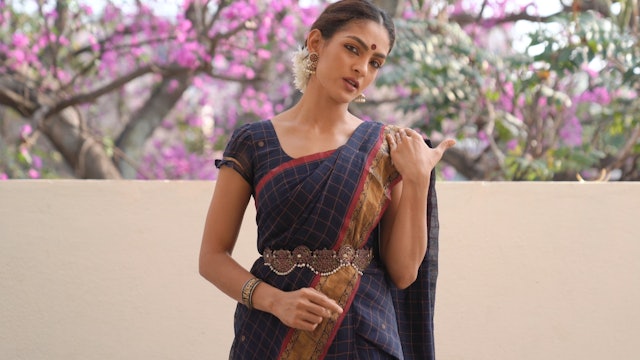 00:41Episode 2
00:41Episode 2Shiro bheda Introduction
Episode 2
The head is considered one of the Angas, or major limbs according to the Natyashastra.
The movements of the head are used not only for the precise control in the execution of Nritta but also to communicate meaning in the context of gesture.
-
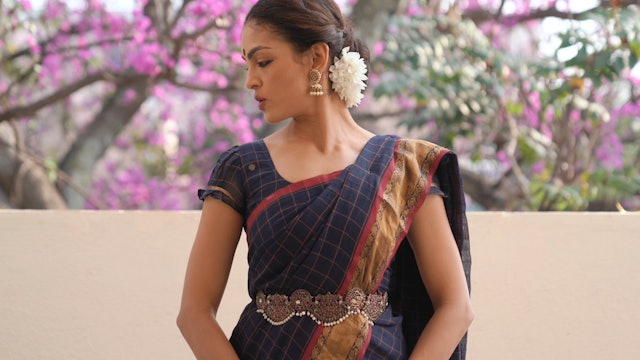 01:00Episode 3
01:00Episode 3Shiro bheda Shloka
Episode 3
The head is considered one of the Angas, or major limbs according to the Natyashastra.
The movements of the head are used not only for the precise control in the execution of Nritta but also to communicate meaning in the context of gesture.
Please refer to the Shloka below for pronunciation. ...
-
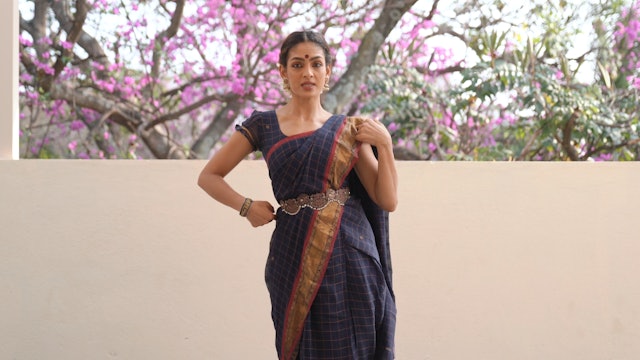 01:04Episode 4
01:04Episode 4Pārśva Bheda Introduction
Episode 4
The side, Parshva is considered one of the Angas, or major limbs according to the Natyashastra.
The movements of the side are used not only for the precise control in the execution of Nritta but also to communicate meaning in the context of gesture.
-
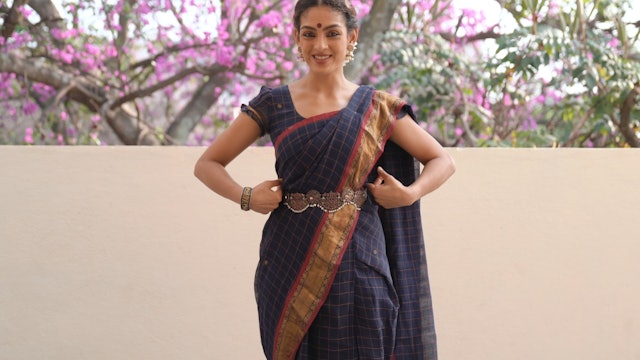 00:26Episode 5
00:26Episode 5Pārśva Bheda Shloka
Episode 5
The side, Parshva is considered one of the Angas, or major limbs according to the Natyashastra.
The movements of the side are used not only for the precise control in the execution of Nritta but also to communicate meaning in the context of gesture.
Please refer to the Shloka below for pronun...
-
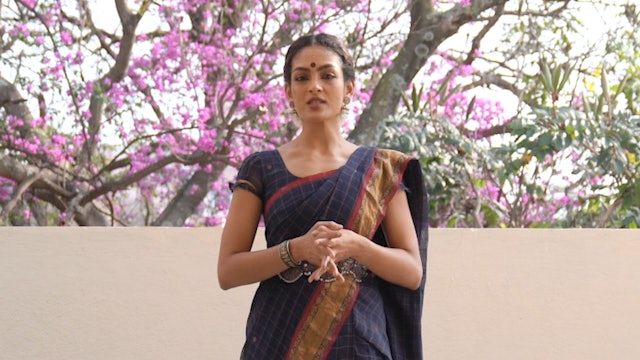 00:30Episode 25
00:30Episode 25Urō bheda Introduction
Episode 25
The chest or Uras is considered one of the Angas according to the Natyashastra. The movements of the chest are used not only for the precise control in the execution of Nritta but also to communicate meaning in the context of gesture.
Please refer to the Shloka below for pronunciation. Please no...
-
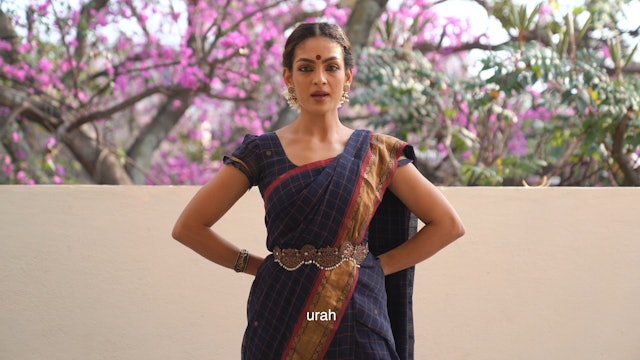 00:20Episode 16
00:20Episode 16Urō bheda Shloka
Episode 16
The chest or Uras is considered one of the Angas according to the Natyashastra. The movements of the chest are used not only for the precise control in the execution of Nritta but also to communicate meaning in the context of gesture.
Please refer to the Shloka below for pronunciation. Please no...
-
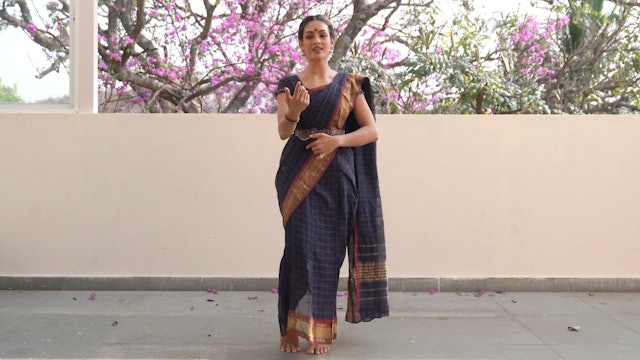 00:52Episode 6
00:52Episode 6Katī bheda Introduction
Episode 6
Explains the things to keep in mind when executing the hip and waist movements. Please watch carefully before practising with the shloka.
-
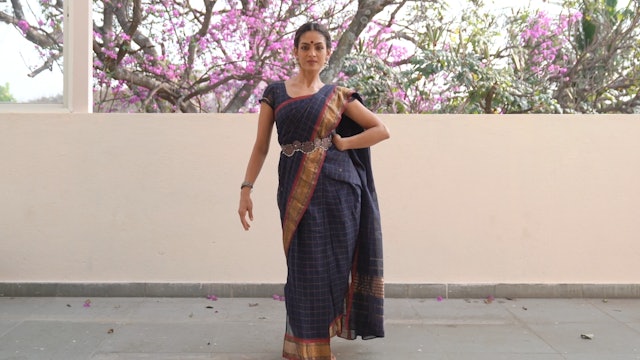 00:33Episode 7
00:33Episode 7Katī bheda Shloka
Episode 7
The hips are considered one of the Angas, or major limbs according to the Natyashastra.
The movements of the hips and waist are used not only for the precise control in the execution of Nritta but also to communicate meaning in the context of gesture.
Please refer to the Shloka below for pronun...
-
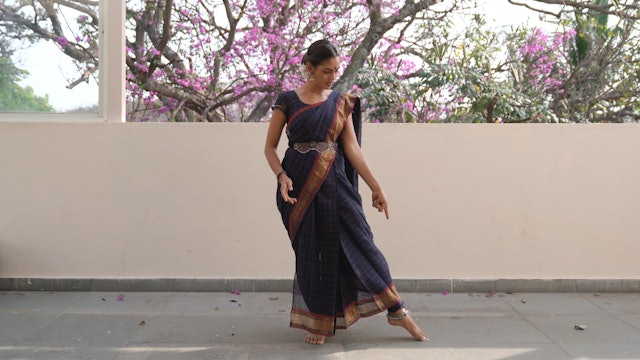 00:41Episode 8
00:41Episode 8Pādah bheda Introduction
Episode 8
Explains the things to keep in mind when executing the foot movements. Please watch carefully before practising with the shloka.
-
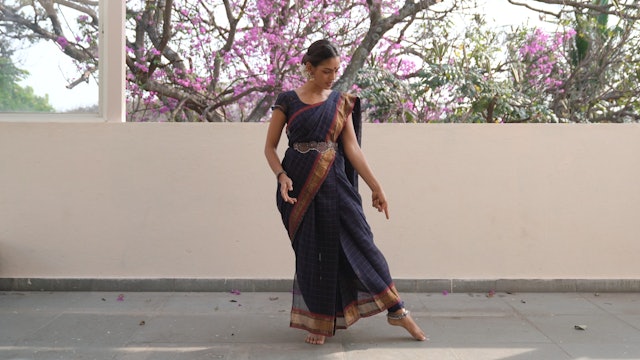 00:20Episode 9
00:20Episode 9Pādah bheda Shloka
Episode 9
The feet are considered one of the Angas, or major limbs according to the Natyashastra.
The movements of the feet are used not only for the precise control in the execution of Nritta but also to communicate meaning in the context of gesture.
Please refer to the Shloka below for pronunciation. P...
-
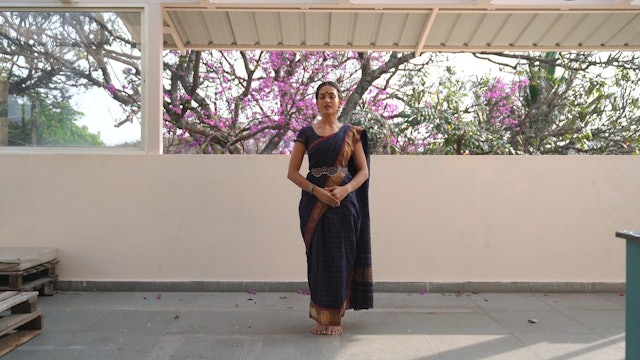 00:35Episode 10
00:35Episode 10Jānu bheda Introduction
Episode 10
The introduction to the isolations of the knee. Some shlokas from subsequent literary texts were put together through Dr Padma Subramanyam's research to help understand the Nātyaśāstra better.
-
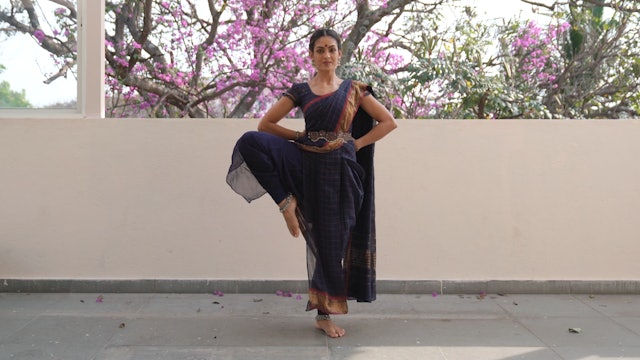 00:34Episode 11
00:34Episode 11Jānu bheda Shloka
Episode 11
Jānu bheda according to the Sangīta Ratnākara, is an Upānga. The knees are considered one of the minor limbs.
The movements of the knees are used not only for the precise control in the execution of Nritta but also to communicate meaning in the context of gesture. Some of the positions elucidate...
-
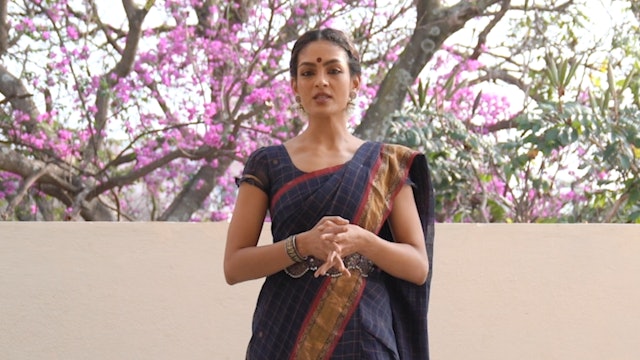 00:28Episode 12
00:28Episode 12Ūru bheda Introduction
Episode 12
Explains the things to keep in mind when executing the thigh movements. Please watch carefully before practising with the shloka.
-
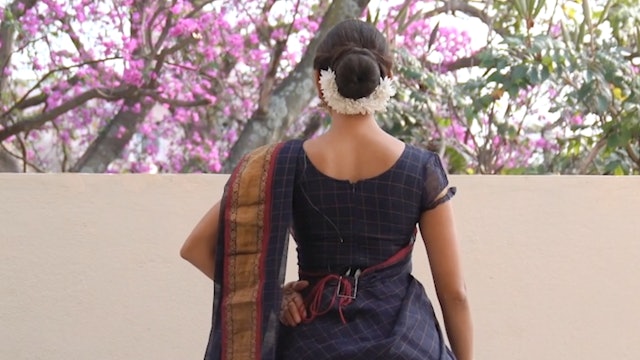 00:30Episode 13
00:30Episode 13Ūru bheda Shloka
Episode 13
The thighs are considered one of the Upāngas, or minor limbs according to the Natyashastra.
The movements of the thighs are used not only for the precise control in the execution of Nritta but also to communicate meaning in the context of gesture.
Please refer to the Shloka below for pronunciat...
-
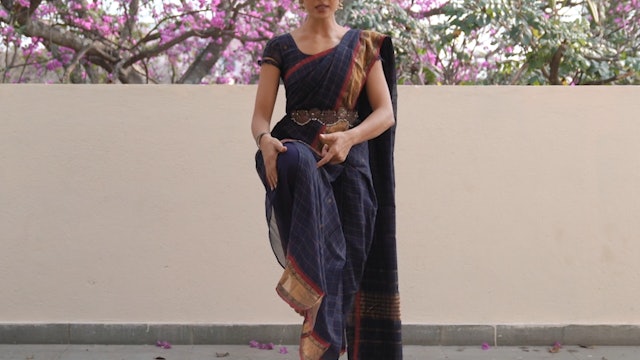 00:36Episode 14
00:36Episode 14Janghā bheda Introduction
Episode 14
Explains the things to keep in mind when executing the movements of the shank/shin. Please watch carefully before practising with the shloka.
-
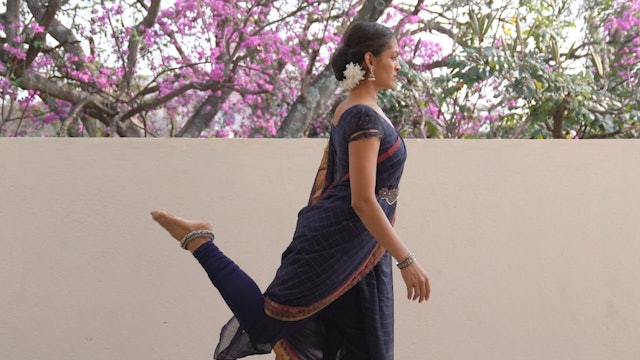 00:32Episode 15
00:32Episode 15Janghā bheda Shloka
Episode 15
The shins/ shanks are considered one of the Upāngas, or minor limbs according to the Nātyaśāstra
The movements are used not only for the precise control in the execution of Nritta but also to communicate meaning in the context of gesture.
Please refer to the Shloka below for pronunciation. Plea...
-
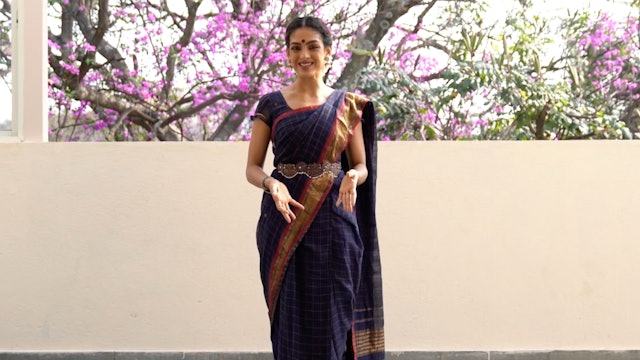 00:45Episode 18
00:45Episode 18Gulphā bheda Introduction
Episode 18
The Ankle is considered one of the Upāngas, or minor limbs according to the Sangīta Ratnākara.
Introduction to the movements of the ankle.
-
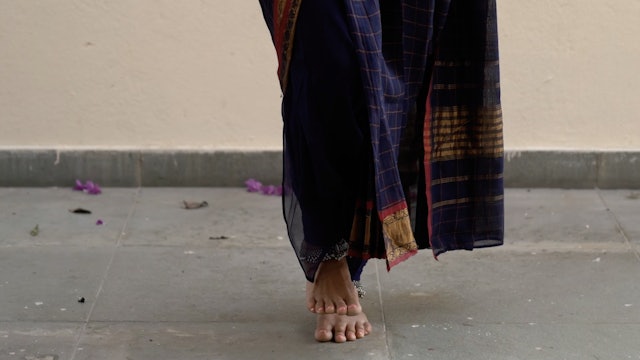 00:14Episode 19
00:14Episode 19Gulphā bheda Shloka
Episode 19
The Ankle is considered one of the Upāngas, or minor limbs according to the Sangīta Ratnākara.
The movements of the ankle are important in pure dance and in emotive contexts.
Please refer to the Shloka below for pronunciation. Please note that the separate movements of the head when put togethe...
-
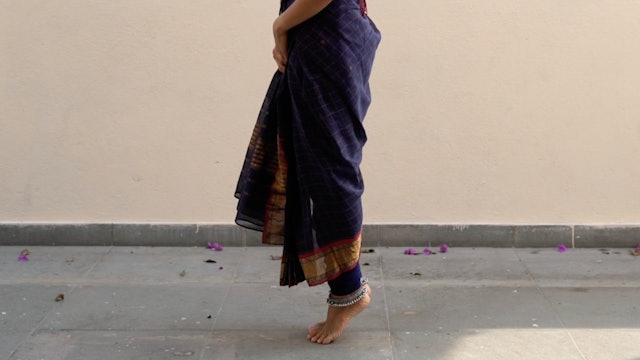 00:41Episode 20
00:41Episode 20Pārśni bheda Shloka
Episode 20
The heels are considered one of the Upāngas, or minor limbs
The movements are used not only for the precise control in the execution of Nritta but also to communicate meaning in the context of gesture.
Please refer to the Shloka below for pronunciation. Please note that the separate movements ...
-
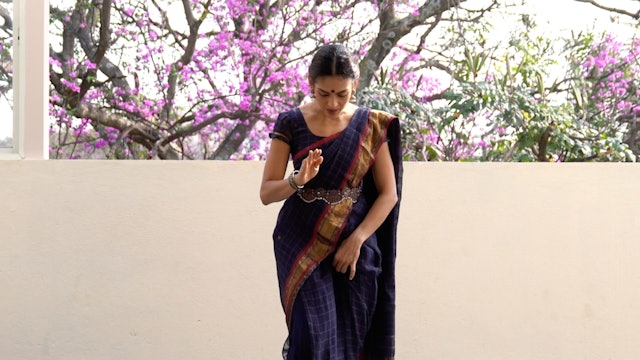 00:29Episode 21
00:29Episode 21Thala bheda Introduction
Episode 21
The soles of the feet are considered one of the Upāngas, or minor limbs.
Introduction to the movements in the soles of the feet.
-
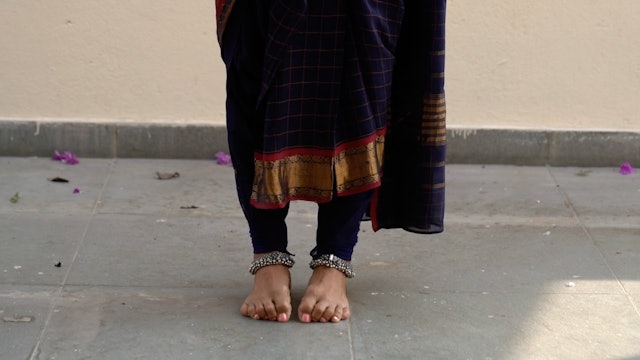 00:23Episode 22
00:23Episode 22Thala bheda Shloka
Episode 22
The soles of the feet are considered one of the Upāngas, or minor limbs.
The movements are used not only for the precise control in the execution of Nritta but also to communicate meaning in the context of gesture.
Please refer to the Shloka below for pronunciation. Please note that the separat...
-
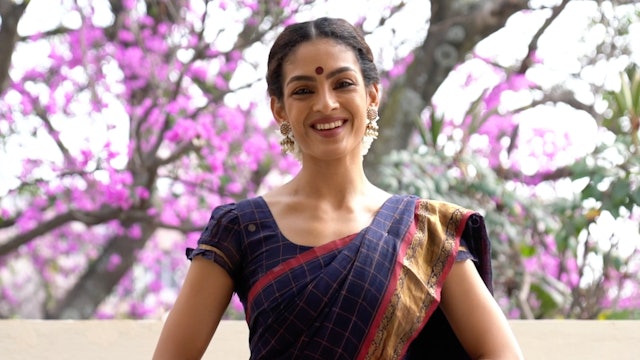 00:42Episode 23
00:42Episode 23Udara bheda Introduction
Episode 23
Introduction to the uses of the stomach.
-
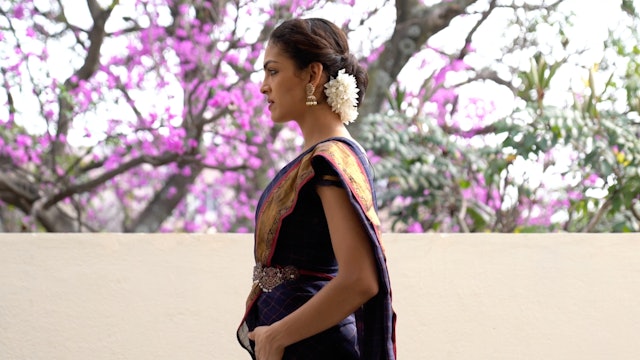 00:15Episode 24
00:15Episode 24Udara bheda Shloka
Episode 24
The stomach is considered one of the Upāngas, or minor limbs.
The movements are used primarily to communicate meaning in the context of gesture.
Please refer to the Shloka below for pronunciation. Please note that the separate movements of the head when put together in a Shloka form 'Sandhis', ...
